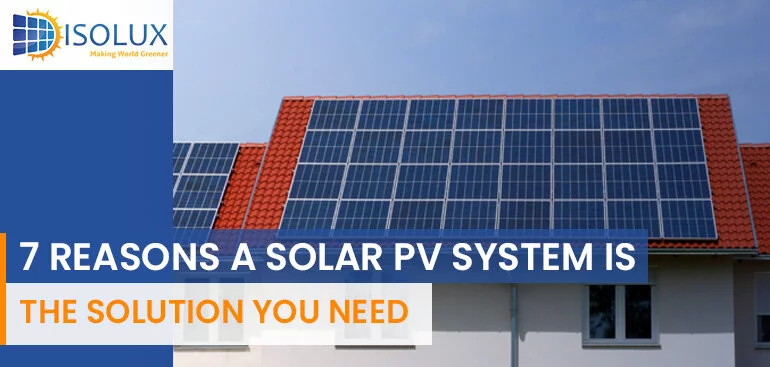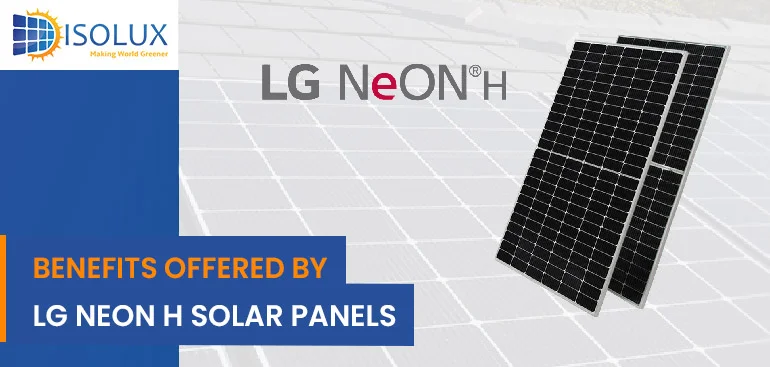Solar energy is becoming an increasingly popular choice for homeowners looking to reduce their energy bills and become more environmentally friendly. But one of the most common questions people have when considering a solar panel system for their home is: “How many solar panels do I need to power my house?”
If you have decided to get a home solar panel system for your house, you might be thinking about other aspects. You need to contact an expert like Isolux Solar to get all your information regarding your home solar system.
One of the common questions buzzing is how many solar panels I need. The answer to this question can vary greatly depending on a number of factors, including the size of your home, your energy usage, and the amount of sun exposure your roof receives. However, there are some general guidelines that can help you get a rough idea of how many solar panels you might need.
Estimating Your Solar Panel Requirements
To get a rough estimate of how many solar panels you need, you can use the following formula:
(Annual energy consumption in kilowatt-hours) ÷ (Average daily production of a single panel in kilowatt-hours) = Number of panels required.
Look at the chart below of electricity generated by a 1kw solar system and what it illuminates.
A 1 kW solar power system, could you power 60 globes.
A 1 kW solar panel system will only generate 1 kW of power for a few hours per day, and only if the weather is clear and sunny. As a result, your 60 globes will only be illuminated for a few hours per day.
The below graph indicates the output of electricity of a 1 kW solar panel system:
This is why the majority of solar systems are linked to the electric grid. Any electricity generated by the solar panels that are not consumed by your home will be absorbed by the grid. When you use more electricity than the sun can create (and, of course, at night), the grid automatically tops up your supply.
Solar Panel Size Australia
The size of solar panels used in Australia can vary depending on the specific installation and the needs of the homeowner or business. The most common size of solar panels used in residential solar panel installations in Australia is 60 cells, which measures approximately 99cm x 167.6cm while in commercial solar panel installations in Australia is 72 cells, which measures approximately 99cm x 195.5cm.
For commercial installations, larger panels with higher wattage capacity are often used to meet the higher energy demands of businesses. These panels can range in size from 1.8 meters by 1 meter up to 2 meters by 1.5 meters, with wattage capacities of up to 500 watts per panel.
It’s important to note that the size of solar panels used can also depend on the available roof space and the energy needs of the property. Isolux solar installer can assess the specific needs of a property and recommend the appropriate size and number of solar panels for optimal energy production.
How Many Solar Panels Do I Need?
1. Energy Usage Aspects
Before you figure out the above question, you must check how much our daily energy consumption is.
Check your last electricity bill for average daily usage. It will help you to determine the number of solar panels required to power the home. The average daily usage consumption on your bill is in kWh.
If the daily average value on your electricity bill, is not printed, check the monthly bill amount and divide it by 30 or the annual electricity bill by 365 to get the daily average value.
2. Rooftop Size and Angle
Another aspect you should consider is getting the correct size of the home solar panel system. Keep all these in mind to get the right size of the system:
1. Size of Rooftop
Even if your energy usage suggests you install a 6.6 kWh solar system, if you do not have enough roof size, you will not be able to install the required solar panel system on your roof. Moreover, your roof needs to be unshaded to receive enough sunlight without barriers. Know how much roof space is required for residential solar panels? Check this blog.
2. Roof Angle
To produce enough solar energy from a home solar power system, you need to install a solar panel system at the right angle. The angle also depends on multiple factors, such as when you use the most electricity. For example, if you use more electricity in the morning, you need to install solar in the east direction. Your roof must have space to install all panels in the east. Do you want to know the right solar panel direction for your house? Do check this blog.
3. Long-Term Benefits
Now ensure that your investment in residential solar power systems should be the one that can give you long-term benefits. If the answer to any of the following questions is “yes”, then you will need to get a bigger size solar system than what you calculated now based on the current use:
1. Are you or any family member might stay home all day for a long time?
2. Will you buy an electric vehicle?
3. Are you more likely to increase the use of the HVAC system in the future?
Considerations for Solar Panel Systems
When determining the number of solar panels you need, it’s also important to consider the type of solar panel system you want to install. There are two main types of solar panel systems: grid-tied and off-grid.
Grid-tied systems are connected to the electricity grid and allow you to use grid power when your solar panels are not producing enough energy. Off-grid systems are not connected to the grid and require batteries to store excess energy for use when the panels are not having enough.
If you choose a grid-tied system, you will likely need fewer panels than you would with an off-grid system. This is because you can use grid power to supplement your solar energy when needed. With an off-grid system, you will need enough panels to generate enough energy to meet your needs even when the sun is not shining.
How Many Hours of Sunlight Can You Expect in Sydney?
New South Wales receives a good amount of average sun hours. Sydney receives 2592 peak hours per year, an average of 6 to 8 hours per day.
Want to save thousands of dollars?
Isolux solar is one of the best solar companies in Sydney. A CEC-accredited solar installer offers the best solar panels, inverters, and batteries. Get a free quote today.
FAQs
Calculating how much solar power you need depends on a few factors, such as the amount of electricity you consume, the location where you live, and the size of solar panels you plan to install.
The amount of money that a 6.6 kW solar system can save you will depend on various factors such as your location, the cost of electricity in your area, the efficiency of the solar panels, and how much energy you consume.
There are several types of solar panels available for homes, each with its advantages and disadvantages. The best type of solar panel for your home will depend on your specific needs and circumstances.
Yes, it is possible to run your house on solar power only, but it depends on several factors. Here are some things to consider: Energy needs, solar panel capacity, battery storage, and backup power.




